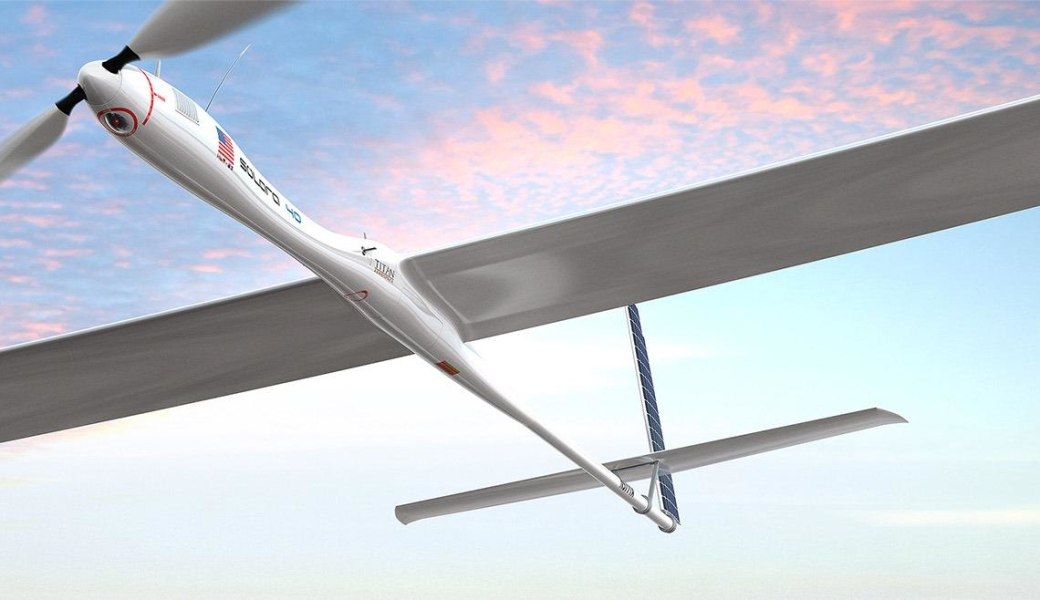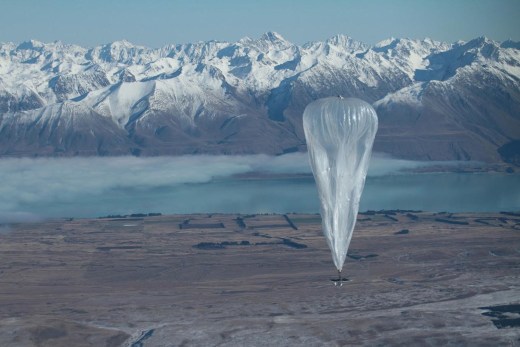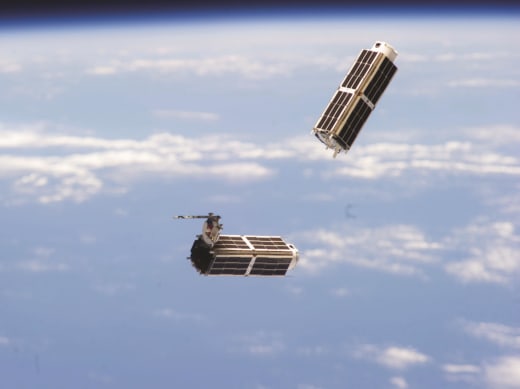
Facebook's aerial strategy in the multibillion-dollar race for global data dominance has finally become clear, but drones aren’t the only ways to deliver the Internet to not-yet-connected regions of the world.
Other competitors in the data race include Google’s Project Loon,
which would rely on a fleet of broadcasting high-altitude balloons, and
a wide spectrum of satellite ventures. Each of the strategies has
pluses and minuses, and it may take months — or years — to identify the
front-runner.
Based on a flurry of reports,
Facebook is staking out a drone-based infrastructure for providing data
services to the estimated 4.5 billion people around the world who
currently can't afford to go online. The company is said to be
negotiating to buy Titan Aerospace
for $60 million, apparently with the intention of using thousands of
Titan's drones to deliver data in areas where ground-based and
traditional wireless infrastructure is underdeveloped.
These remote-controlled craft are not like the robo-planes that have caused such a stir in Afghanistan, Iraq and on the home front.
Titan's solar-powered "atmospheric satellites" are designed to fly for
as long as five years at a time, at an altitude of 65,000 feet. "At that
altitude, it can do a multiplicity of missions ranging from
communications, data, optical, weather sensing," aerospace veteran Vern
Raburn, Titan's chief executive, told Reuters.
Drones vs. balloons?
That capability would make it a suitable platform for Internet.org,
the Facebook-led campaign to widen global connectivity. It also appears
to stoke potential competition with Project Loon, which is pursuing the
same goal by developing a worldwide fleet of balloons flying as high as
90,000 feet.
Like Titan's drones, Google's
balloon battalions are still in the early stage of development. Project
Loon was unveiled just last year, and the system has undergone testing
in New Zealand as well as several U.S. locales.
High-altitude balloons make for relatively cheap data delivery
platforms. However, they also drift with the wind, which would require
coordinating the shifting locations of thousands of balloons around the
world.

"I think Facebook's new approach
makes perfect sense," Syed Karin, director of innovation for the Media
Development Investment Fund, told NBC News in an email. "It's much more
controllable than the balloons of Project Loon."
Both systems would be deployed well
above the altitude where commercial airplanes fly, but both ventures
would have to negotiate a worldwide tangle of aviation and
telecommunication regulations. "With balloons or planes flying at 20
kilometers, country coordination for airspace usage will still be
required," Karim said.
Beamed via satellite?
The project in which Karim is involved, known as Outernet, takes a different approach. Outernet's backers envision putting constellations of small satellites known as CubeSats into orbit, mostly to beam data down to the lesser-served regions of the world.
"Outernet is focusing on the
problem of information access — offering a universally accessible
information source, for free," Karim said. "What Outernet is providing
is a broadcast data service. It's kind of like shortwave radio, with
regards to the global pervasiveness of the signal. But the major
difference is that instead of broadcasting exclusively audio or video,
like current satellite broadcasters do, Outernet will broadcast content
from the Web."

Satellite data providers such as ViaSat
already provide two-way Internet service for some regions of the world,
but at a cost of $50 a month or up. Outernet would focus on the regions
that can't afford the cost — and could also sidestep many of the
regulatory hurdles.
"The benefit of a broadcast system is that it guarantees privacy and can also bypass censorship," Karin said.
Follow the money
Karim said Outernet is aiming to
put a 24-satellite constellation into orbit by 2016 for a demonstration
of the system, with a target cost of $100,000 per satellite. The current
generation of CubeSats can stay in orbit for only a few months, but
Outernet hopes that further innovations could stretch each satellite's
service life to a year.
The bigger questions have to do
with how much of a market there'll be for aerial data services in
out-of-the-way regions. On one hand, Outernet, Internet.org and Project
Loon have been presented as humanitarian projects rather than
money-makers. On the other hand, anytime Facebook and Google get
involved in a technology, it's a good bet that money will somehow
eventually be made.
"What's in it for these guys?" asked telecom investment expert Victor Schnee, president of Mobile Cloud Era.
"That's an interesting question, but these companies have been such
ground-breakers that you've got to follow them and figure out what
they're doing."
Schnee believes the mobile cloud — a
network infrastructure that makes information accessible and storable
from any device, anywhere — is the next big thing in technology. Beaming
information down from above might make that "next big thing" a reality
around the globe.
MSNBC
No comments:
Post a Comment